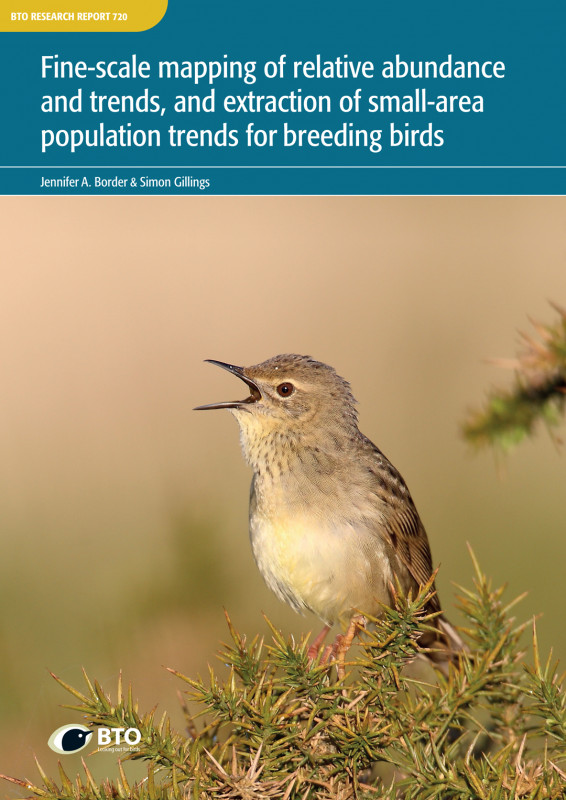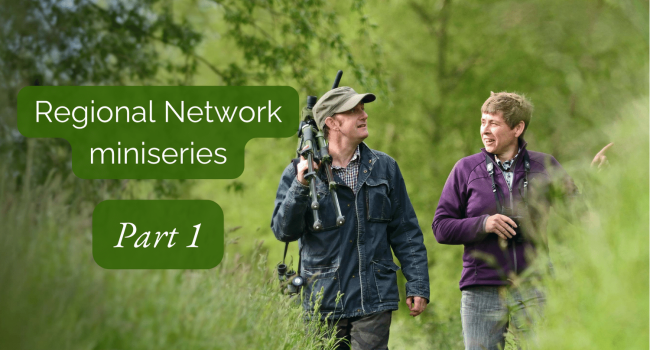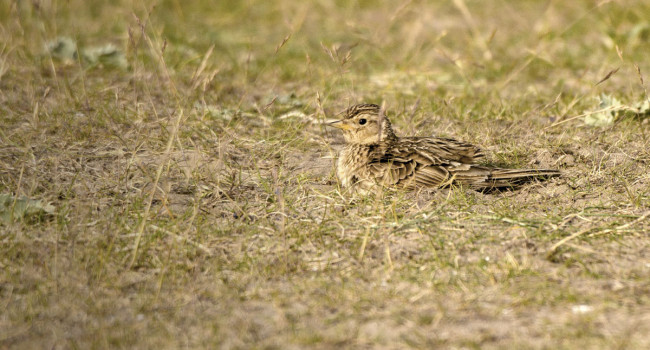Fine-scale mapping of relative abundance and trends, and extraction of small-area population trends for breeding birds
Author(s): Border, J.A. & Gillings, S.
Published: April 2020 Issue No.: 720
Publisher: BTO Pages: 28pp
ISBN: 978-1-912642-08-3
Download article 6.44 MB application/pdf
Abstract
1. The BTO/JNCC/RSPB Breeding Bird Survey (BBS) is the UK’s main scheme for monitoring population changes in the UK’s common terrestrial breeding birds. Trends are published annually for up to 111 bird species for the UK, England, Scotland, Wales, Northern Ireland and nine regions within England.
2. These trends are useful at showing large-scale population changes but we know that some species show spatially varying trends that are masked by national trends, and cannot be captured by regional trends due to sample size constraints. Previous work has developed maps of abundance for different periods of the BBS time series but these are now out of date and lack the temporal resolution of standard population trends.
3. Here, we update previous work, aiming to produce annual predictions of relative abundance, which can vary spatially and temporally, for the 111 species featured in the published BBS trends from 1994 to 2016. We evaluated two methods, Generalised Additive Models (GAMs) and Geographically Weighted Regression (GWR) to model spatial and temporal variation in species abundance relative to habitat and elevation.
4. The GWR method took too long to run to be a feasible option for routine production of maps for over 100 species.
5. The GAM method worked well, yielding models with acceptable fit metrics and producing annual maps of relative abundance which agreed well with known distribution and abundance patterns from Bird Atlas 2007–11.
6. From these maps we extracted trend estimates which were highly correlated with the published long-term and 10-year trends.
7. These maps could be useful for setting local conservation priorities and may be better than the published BBS trends at estimating abundance for areas with poor coverage or rare and localised species. However, further work is needed to validate small area trends derived in this way against independent data.









Share this page